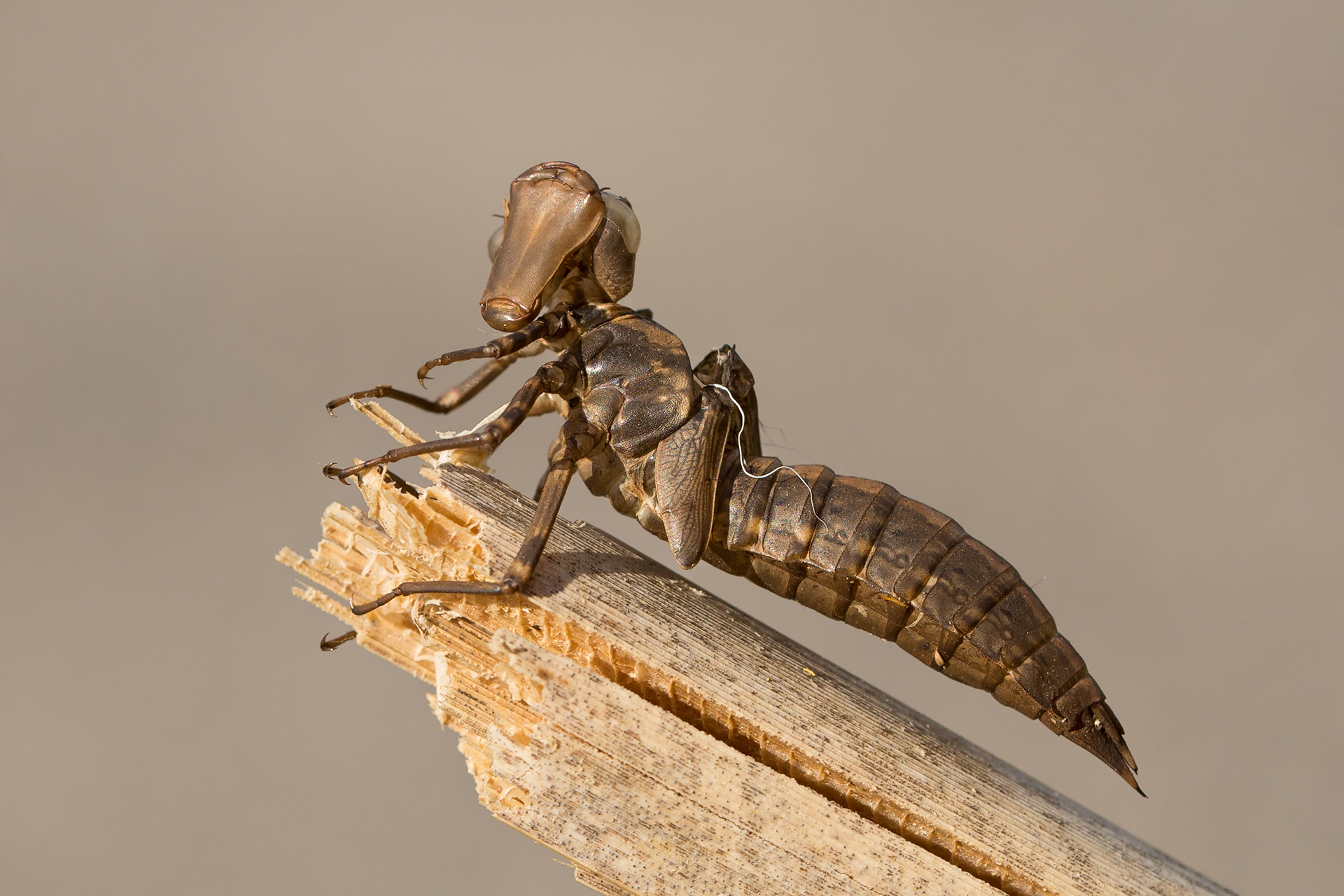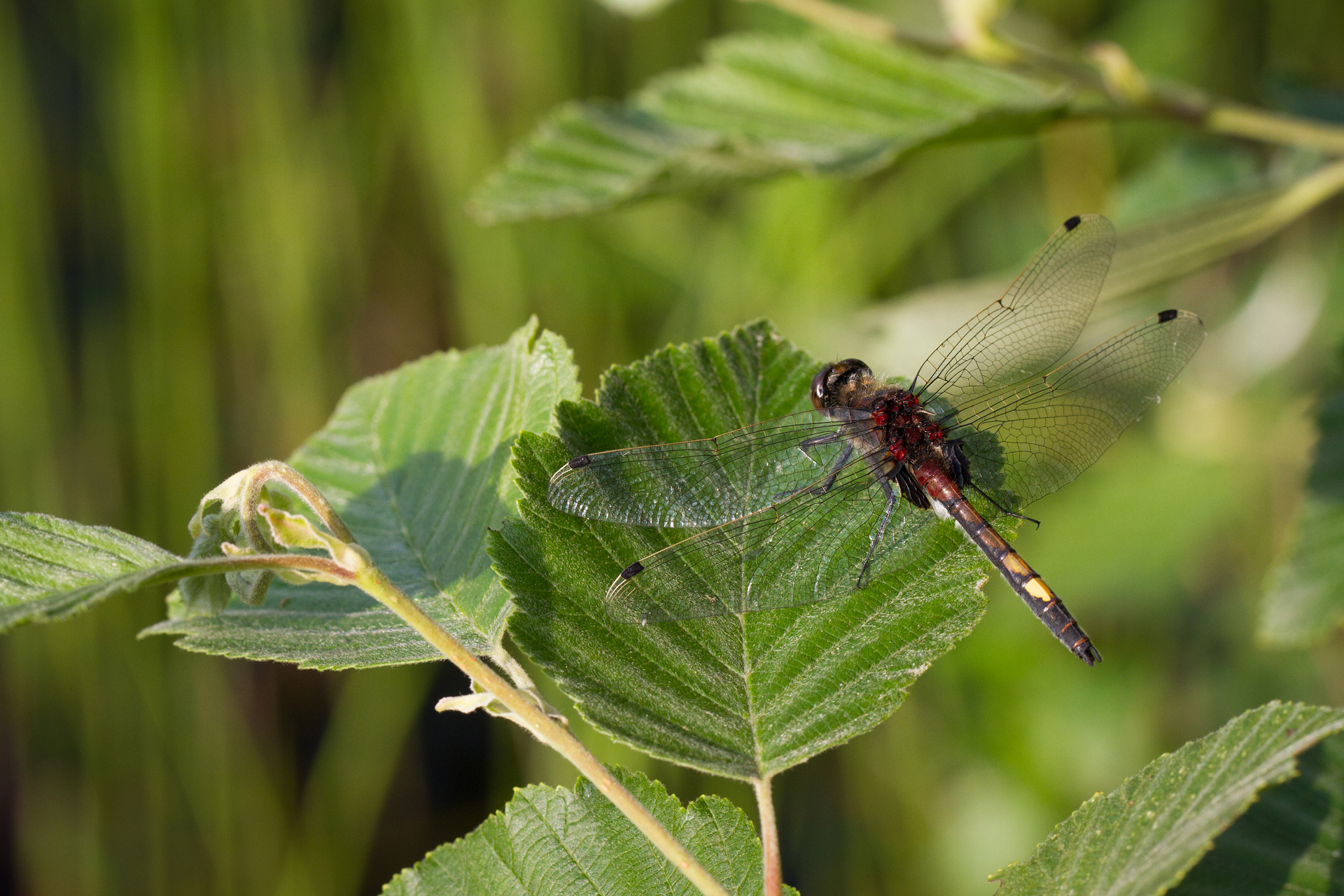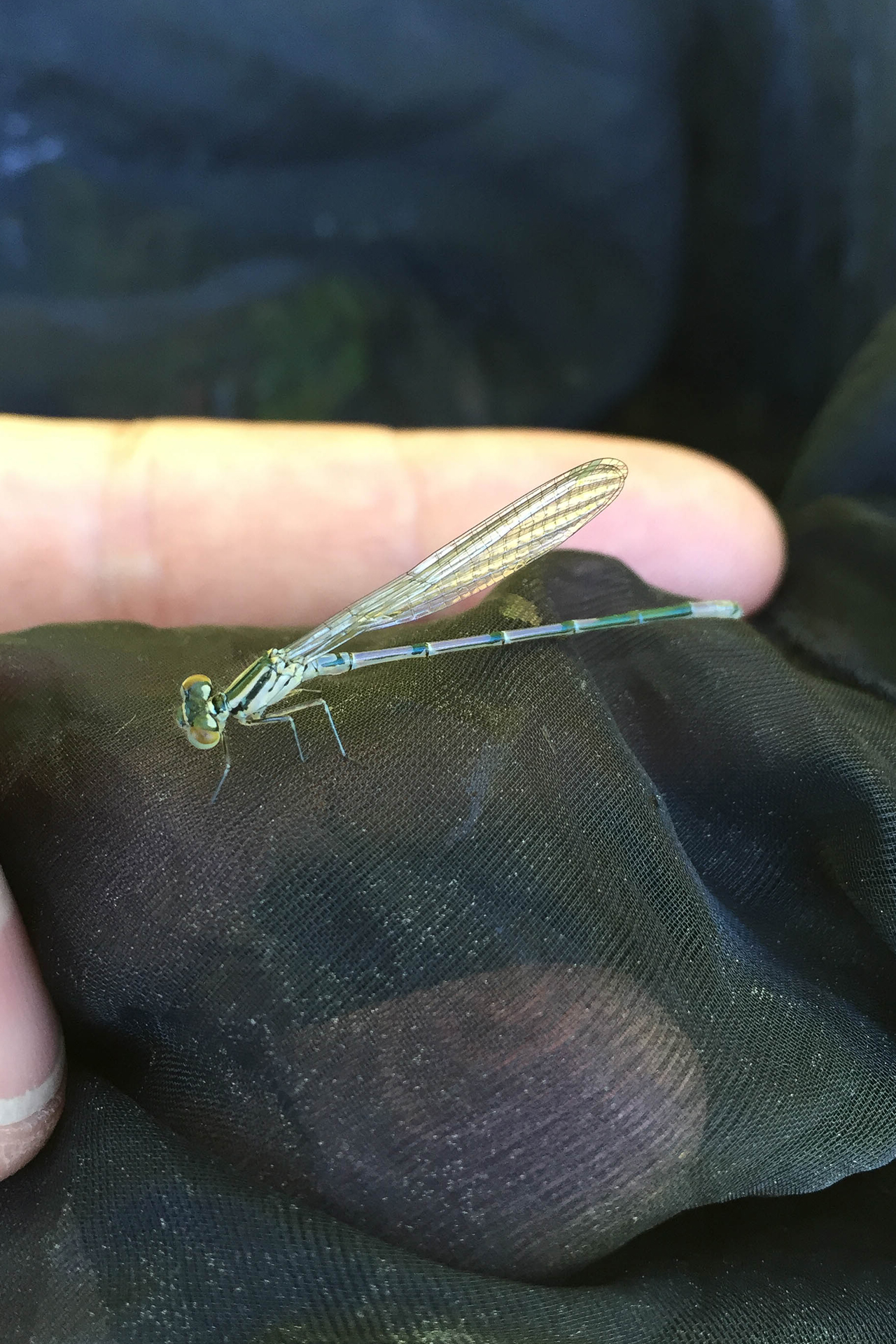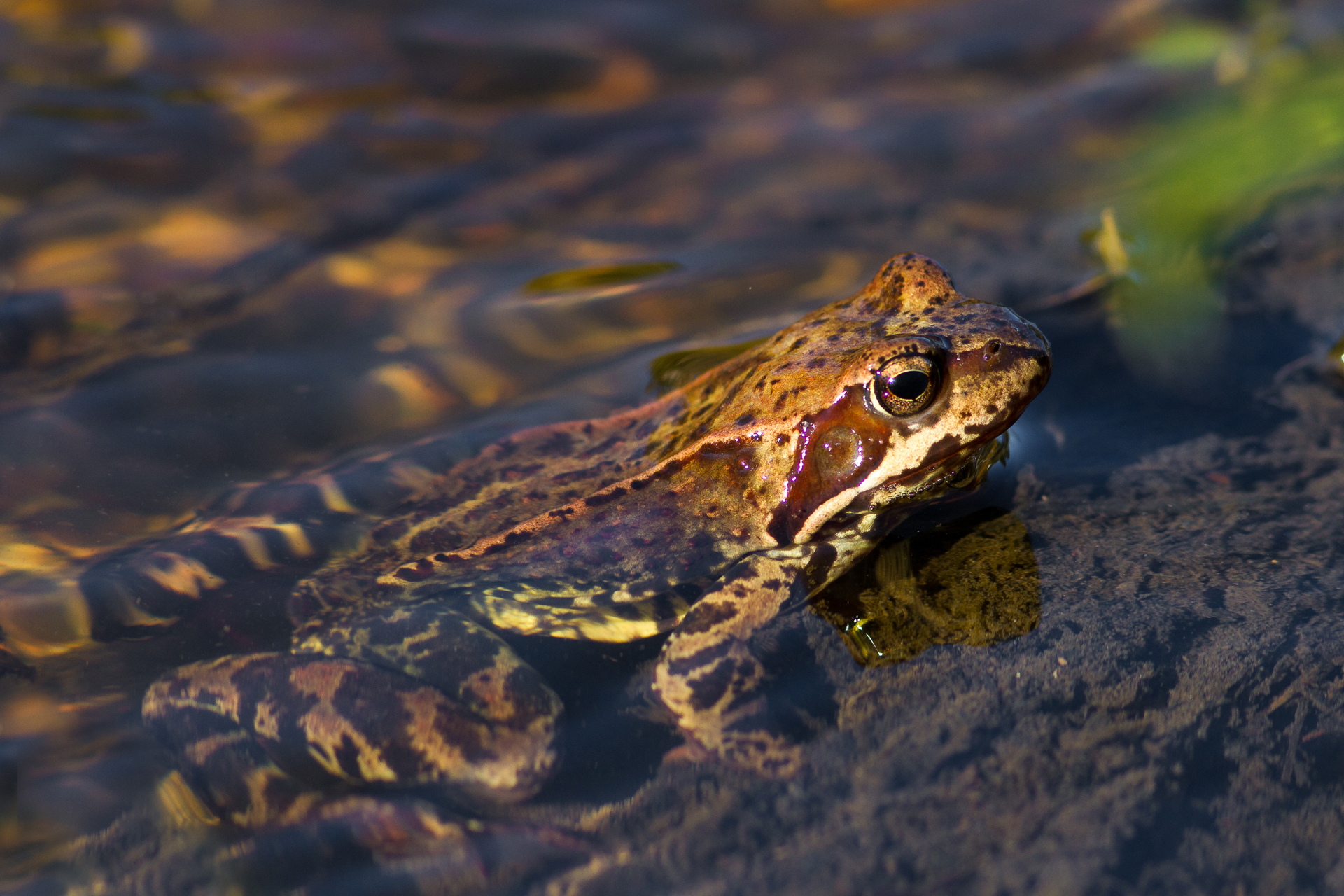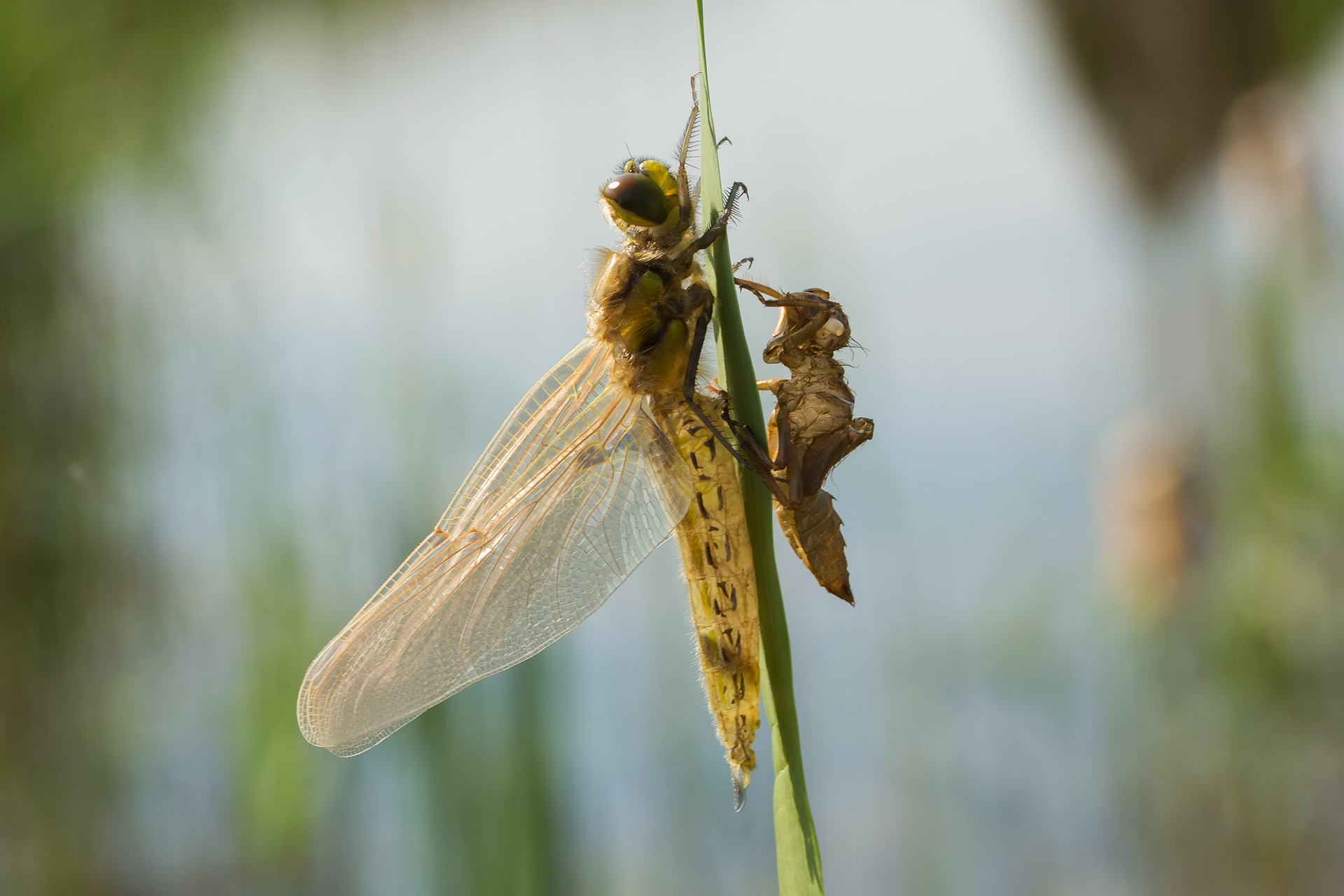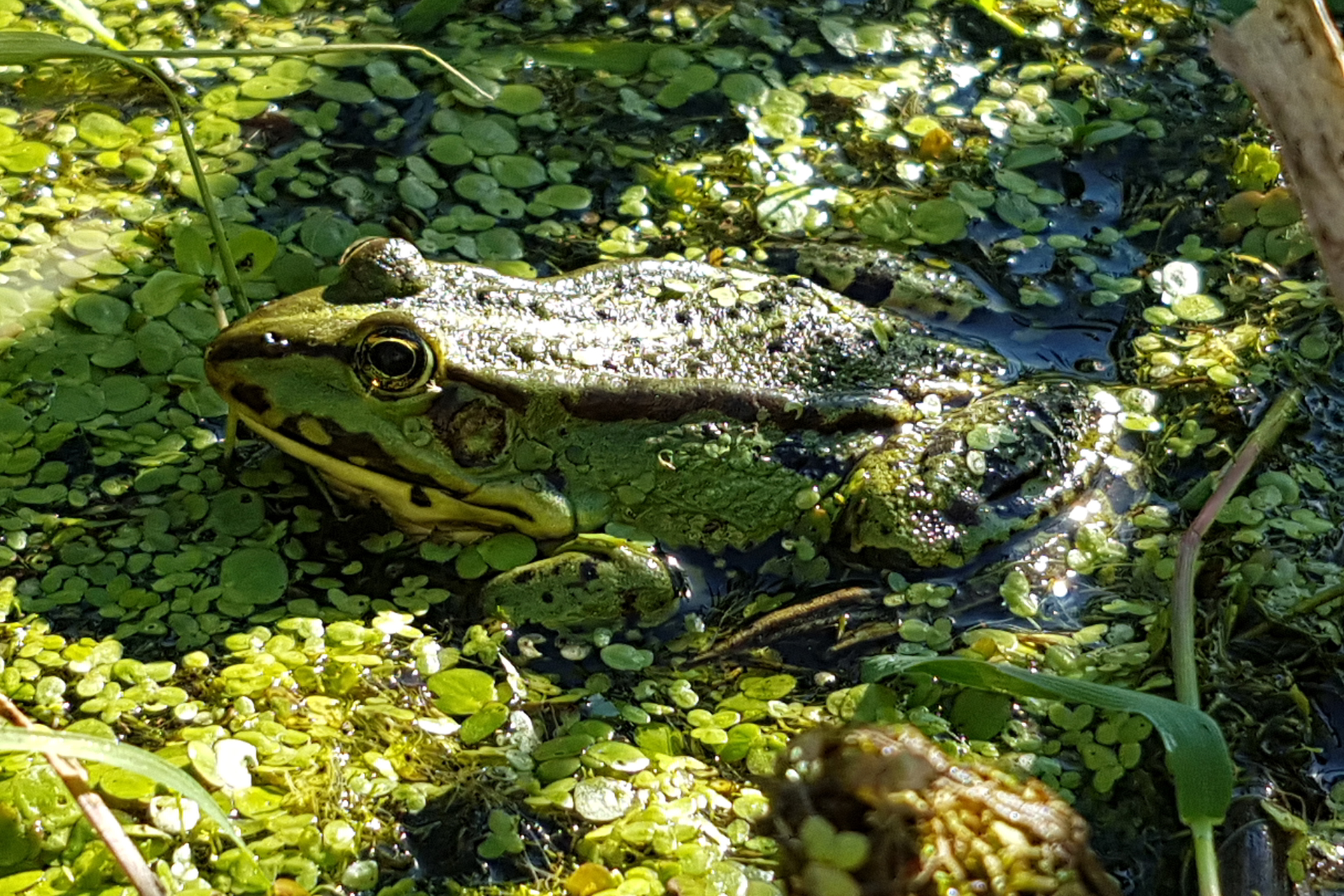Dragonflies are drawn to garden ponds
Dragonflies are highly skilled fliers. They spiral, hover in place – even reverse in midair! – and then dive after their prey. The fact is, however, that dragonflies spend the majority of their life, 2–3 years, as larvae, or nymphs, at the bottom of ponds and small water bodies, where they hunt small aquatic creatures. Eventually the larvae climb out of the water, shed their skin and take wing. The adult life of a dragonfly lasts from a few weeks up to a month. In that time they need to mate, after which the female dragonfly lays the eggs containing the next dragonfly generation in the water or its immediate vicinity.
Perhaps the most interesting dragonfly species found on Ruissalo is the yellow-spotted whiteface (Leucorrhinia pectoralis), which is protected under the Nature Conservation Act and also one of the Finnish species specified in Annex IVa of the EC Habitats Directive, along with various bat species and the Siberian flying squirrel. Other notable dragonfly sightings made in a survey conducted on Ruissalo in 2015 included breeding populations of azure damselfly (Coenagrion puella), the extremely rare scarce blue-tailed damselfly (Ischnura pumilio) and the rare migrant hawker (Aeshna mixta). The best places for observing dragonflies on Ruissalo are the ponds of the botanical garden.
